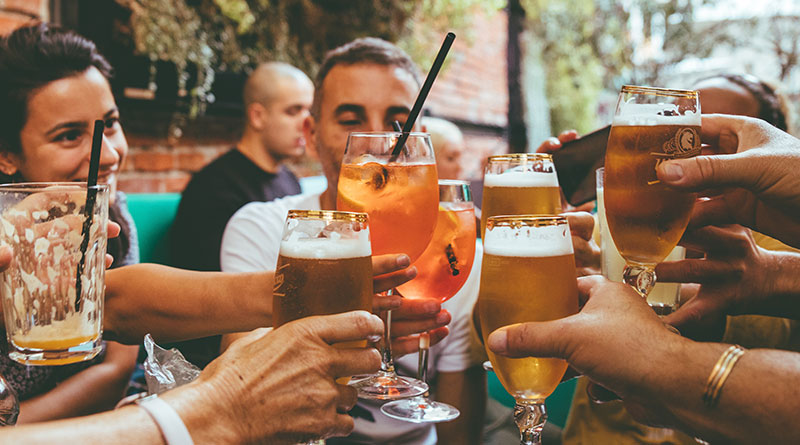Drinks Sales Hotspots: Ten CGA Insights from Imbibe

At last week’s Imbibe Live event, CGA by NIQ’s Chris Sterling shared an expert overview of On Premise drinks trends, with a focus on growth opportunities for suppliers and manufacturers. Here are ten of the market hotspots to watch.
1 Premiumisation
This year has brought an extension of consumers’ trend for buying fewer but better drinks in the On Premise. Asked about their choices with a fixed amount of money, well over half (58%) of consumers said they would buy one or two premium drinks—far more than the 13% who would buy four or five lower-quality ones.
2 Longer serves
While quality is vital, consumers also want to be certain they will get full value for their money. This is playing to the advantage of longer serves in LAD categories, which some perceive to be better value than spirits or wine. CGA’s OPM service reveals beer and cider have grown their share of drinks sales by a combined 1.6 percentage points in the last 12 months, while spirits have lost 1.3 percentage points.
3 Live sport and music
Many types of occasions have recorded a drop in frequency over the last 2 years, including both relaxed and high tempo drinks. But the shares of visits taken by live sport and music have increased by 3 and 1 percentage points respectively. The Euros football tournament has been a reminder of how big sporting occasions can boost beer brands in particular.
4 Earlier dayparts
One of the biggest post-COVID shifts in the On Premise has been the move towards earlier dayparts. Average weekly sales by value after 10pm have dropped by 7.3%, but they’ve risen sharply in the 12pm to 7pm period. This has important implications for consumers’ category choices.
5 Vodka and rum
Spirits sales are under pressure, but some segments are faring better than others. Vodka and rum increased their share of the category by 0.7 and 0.3 percentage points in the last 12 months, and whiskey and cream liqueurs have made gains too.
6 Cocktails
Vodka and rum sales have been shored up by cocktails, sales of which have marginally increased in the last 12 months, despite a 3.3% drop in distribution. Mixed and layered shots like Baby Guinness have been another growth segment.
7 World lager
Positive LAD trends and premiumisation have powered the growth of world lager. Its share of the category grew by 2.3 percentage points in the last 12 months, mostly at the expense of standard lager. Draught world lager has sharply increased its penetration—from 45% of outlets in 2017 to 69% at the end of 2023.
8 Stout
Stout has been another post-pandemic winner, thanks to effective marketing, a close association with live sport and a focus on quality. It has increased its share of the LAD category by 1.3 percentage points and diversified its appeal to younger and female consumers in particular.
9 Health
A growing focus on health and moderation is fuelling interest in no and low alcohol brands. Earlier this year, 67% of industry leaders told CGA’s Business Leaders Survey that no and low would be a key trend in 2024, and beer, cider, wine and spirits have all seen sharp growth here—albeit from a low base. Sustainability is another important ethical consideration, with two in five (41%) of consumers now proactively choosing drinks brands that are sustainable.
10 Social media
In a competitive environment, social media is key to visibility. Half (48%) of bar staff told CGA’s Global Bartender Report that brands with strong social media presence were best placed to thrive this year, and a similar proportion of consumers (49%) say they have purchased a drink or food brand after seeing it on a social platform.
